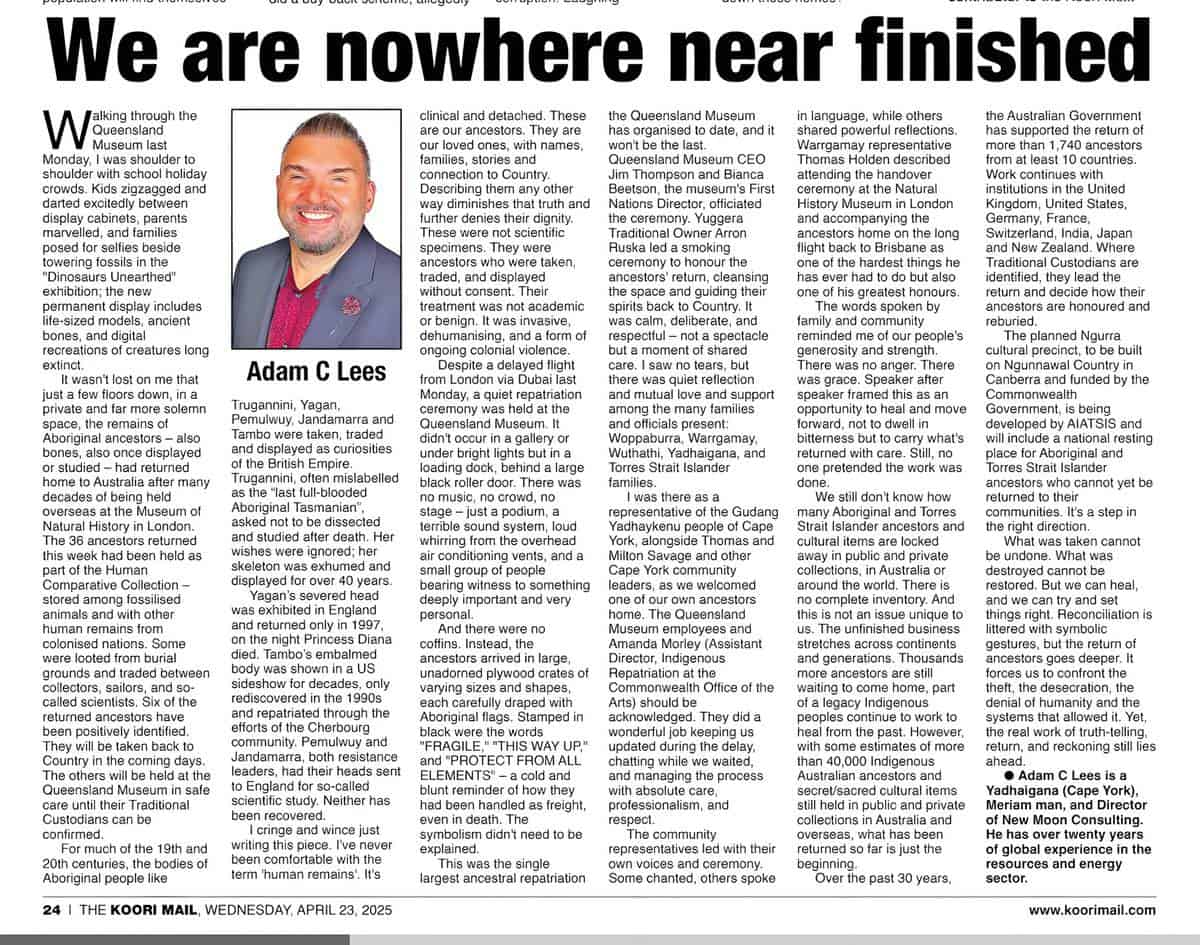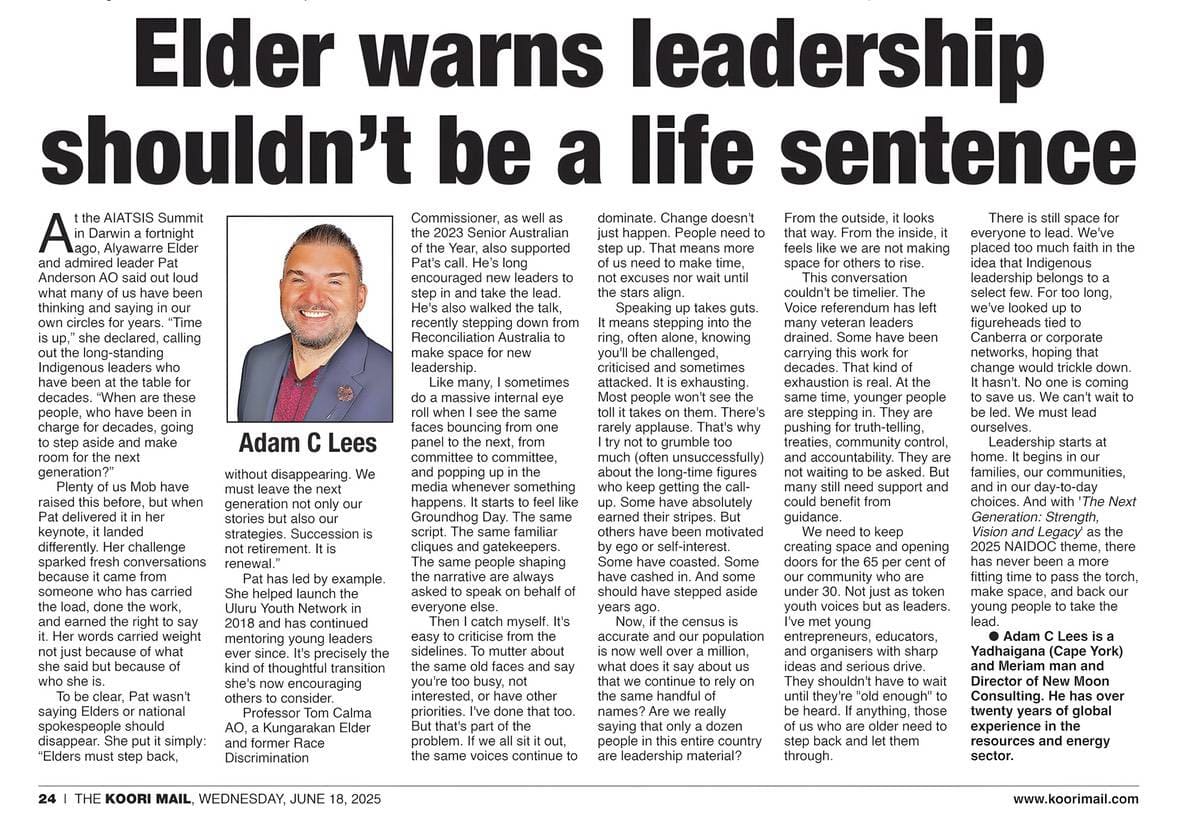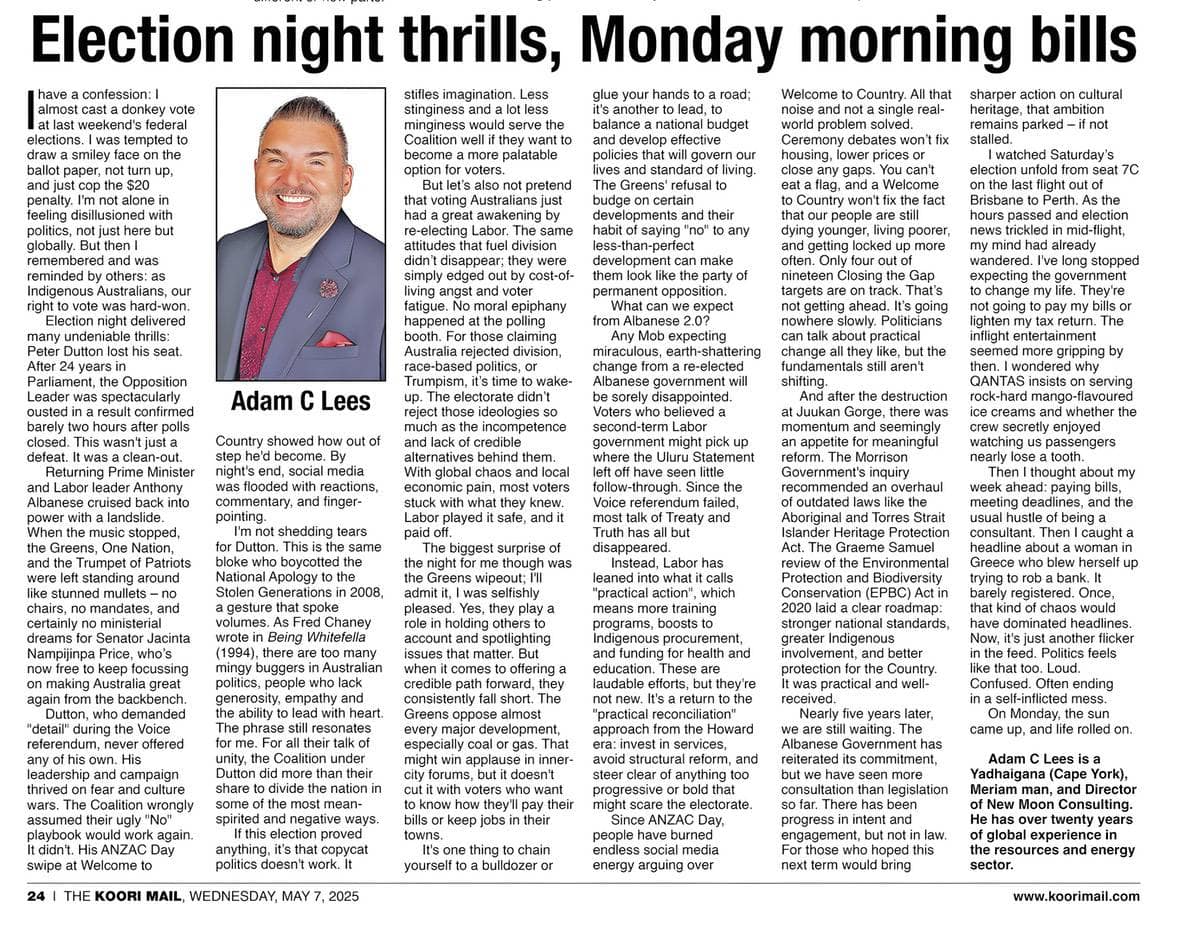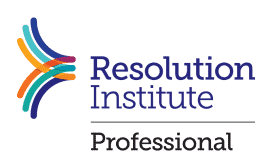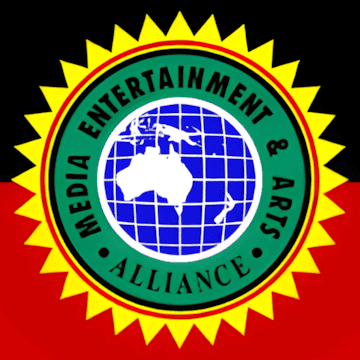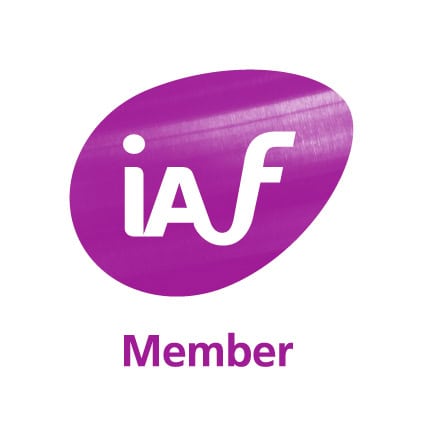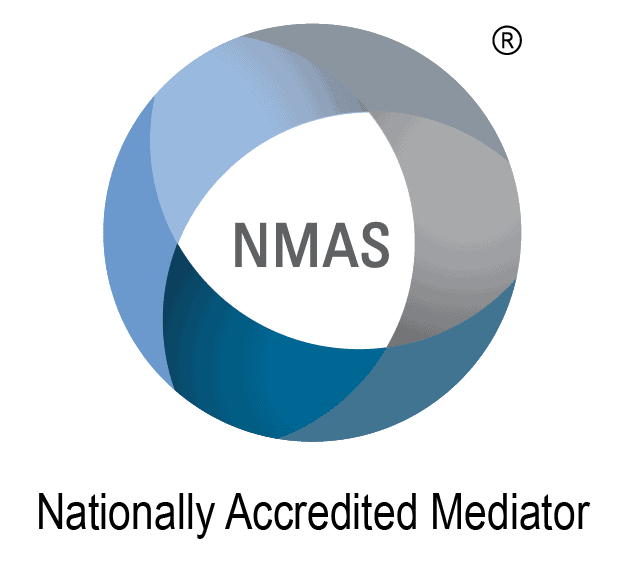Walking through the Queensland Museum last Monday, I was shoulder to shoulder with school holiday crowds. Kids zigzagged and darted excitedly between display cabinets, parents marvelled, and families posed for selfies beside towering fossils in the “Dinosaurs Unearthed” exhibition; the new permanent display includes life-sized models, ancient bones, and digital recreations of creatures long extinct.
It wasn’t lost on me that just a few floors down, in a private and far more solemn space, the remains of Aboriginal ancestors – also bones, also once displayed or studied – had returned home to Australia after many decades of being held overseas at the Museum of Natural History in London. The 36 ancestors returned this week had been held as part of the Human Comparative Collection – stored among fossilised animals and with other human remains from colonised nations. Some were looted from burial grounds and traded between collectors, sailors, and so-called scientists. Six of the returned ancestors have been positively identified. They will be taken back to Country in the coming days. The others will be held at the Queensland Museum in safe care until their Traditional Custodians can be confirmed.
For much of the 19th and 20th centuries, the bodies of Aboriginal people like Trugannini, Yagan, Pemulwuy, Jandamarra and Tambo were taken, traded and displayed as curiosities of the British Empire. Trugannini, often mislabeled as the “last full-blooded Aboriginal Tasmanian,” asked not to be dissected and studied after death. Her wishes were ignored; her skeleton was exhumed and displayed for over 40 years.
Yagan’s severed head was exhibited in England and returned only in 1997, on the night Princess Diana died. Tambo’s embalmed body was shown in a US sideshow for decades, only rediscovered in the 1990s and repatriated through the efforts of the Cherbourg community. Pemulwuy and Jandamarra, both resistance leaders, had their heads sent to England for so-called scientific study. Neither has been recovered.
I cringe and wince just writing this piece. I’ve never been comfortable with the term ‘human remains’. It’s clinical and detached. These are our ancestors. They are our loved ones, with names, families, stories and connection to Country. Describing them any other way diminishes that truth and further denies their dignity. These were not scientific specimens. They were ancestors who were taken, traded, and displayed without consent. Their treatment was not academic or benign. It was invasive, dehumanising, and a form of ongoing colonial violence.
Despite a delayed flight from London via Dubai last Monday, a quiet repatriation ceremony was held at the Queensland Museum. It didn’t occur in a gallery or under bright lights but in a loading dock, behind a large black roller door. There was no music, no crowd, no stage – just a podium, a terrible sound system, loud whirring from the overhead air conditioning vents, and a small group of people bearing witness to something deeply important and very personal.
And there were no coffins. Instead, the ancestors arrived in large, unadorned plywood crates of varying sizes and shapes, each carefully draped with Aboriginal flags. Stamped in black were the words “FRAGILE,” “THIS WAY UP,” and “PROTECT FROM ALL ELEMENTS” – a cold and blunt reminder of how they had been handled as freight, even in death. The symbolism didn’t need to be explained.
This was the single largest ancestral repatriation the Queensland Museum has organised to date, and it won’t be the last. Queensland Museum CEO Jim Thompson and Bianca Beetson, the Museum’s First Nations Director, officiated the ceremony. Yuggera Traditional Owner Arron Ruska led a smoking ceremony to honour the ancestors’ return, cleansing the space and guiding their spirits back to Country. It was calm, deliberate, and respectful – not a spectacle but a moment of shared care. I saw no tears, but there was quiet reflection and mutual love and support among the many families and officials present: Woppaburra, Warrgamay, Wuthathi, Yadhaigana, and Torres Strait Islander families.
I was there as a representative of the Gudang Yadhaykenu people of Cape York, alongside Thomas and Milton Savage and other Cape York community leaders, as we welcomed one of our own ancestors home. The Queensland Museum employees and Amanda Morley (Assistant Director, Indigenous Repatriation at the Commonwealth Office of the Arts) should be acknowledged. They did a wonderful job keeping us updated during the delay, chatting while we waited, and managing the process with absolute care, professionalism, and respect.
The community representatives led with their own voices and ceremony. Some chanted, others spoke in language, while others shared powerful reflections. Warrgamay representative Thomas Holden described attending the handover ceremony at the Natural History Museum in London and accompanying the ancestors home on the long flight back to Brisbane as one of the hardest things he has ever had to do but also one of his greatest honours.
The words spoken by family and community reminded me of our people’s generosity and strength. There was no anger. There was grace. Speaker after speaker framed this as an opportunity to heal and move forward, not to dwell in bitterness but to carry what’s returned with care. Still, no one pretended the work was done.
We still don’t know how many Aboriginal and Torres Strait Islander ancestors and cultural items are locked away in public and private collections, in Australia or around the world. There is no complete inventory. And this is not an issue unique to us. The unfinished business stretches across continents and generations. Thousands more ancestors are still waiting to come home, part of a legacy Indigenous peoples continue to work to heal from the past. However, with some estimates of more than 40,000 Indigenous Australian ancestors and secret/sacred cultural items still held in public and private collections in Australia and overseas, what has been returned so far is just the beginning.
Over the past 30 years, the Australian Government has supported the return of more than 1,740 ancestors from at least 10 countries. Work continues with institutions in the United Kingdom, United States, Germany, France, Switzerland, India, Japan and New Zealand. Where Traditional Custodians are identified, they lead the return and decide how their ancestors are honoured and reburied.
The planned Ngurra cultural precinct, to be built on Ngunnawal Country in Canberra and funded by the Commonwealth Government, is being developed by AIATSIS and will include a national resting place for Aboriginal and Torres Strait Islander ancestors who cannot yet be returned to their communities. It’s a step in the right direction.
What was taken cannot be undone. What was destroyed cannot be restored. But we can heal, and we can try and set things right. Reconciliation is littered with symbolic gestures, but the return of ancestors goes deeper. It forces us to confront the theft, the desecration, the denial of humanity and the systems that allowed it. Yet, the real work of truth-telling, return, and reckoning still lies ahead.
Adam C Lees is a Yadhaigana (Cape York), Meriam man, and Director of New Moon Consulting. He has over twenty years of global experience in the resources and energy sector.
